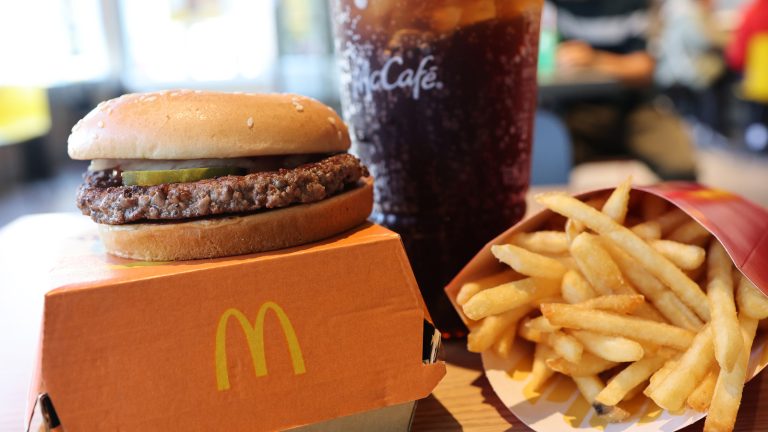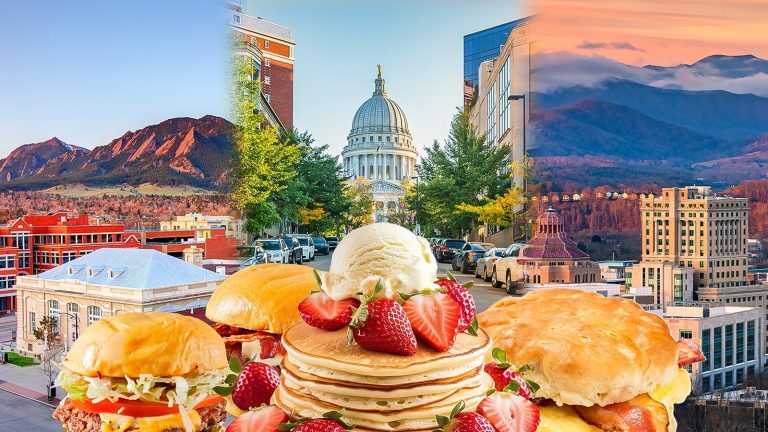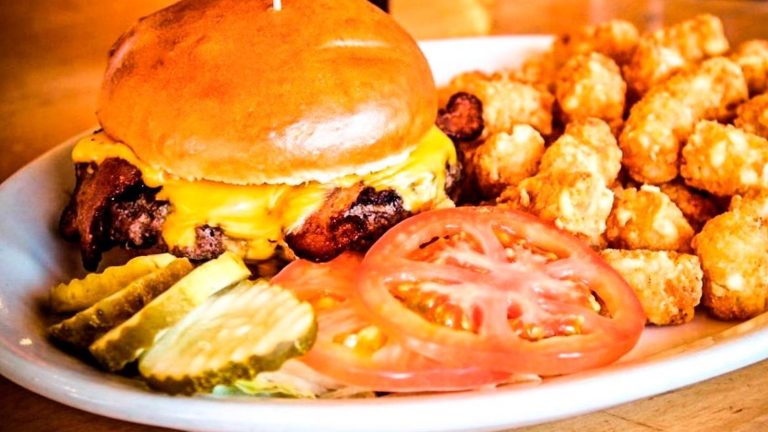If you’ve never worked in the hospitality industry, you probably don’t know what the term “86” means. And even if you have years of restaurant experience, it’s likely that you’ve come across different meanings in different places. One way or another, the meaning of each use of 86 essentially comes down to one word: Nope.
Whether this codeword means “we’re out of an item” or “we’re out of an ingredient” or even “this patron needs to be escorted from the premises” or “this patron can’t be served any longer” — 86 is a refusal for one reason or another.
In kitchens specifically, rather than establishments as a whole, chefs 86 ingredients or items from the menu or point of sale, indicating that it’s no longer available. These could be seasonal ingredients, low-quantity specials, or just highly popular favorites that have run out halfway through service. The chefs let the waiting staff know, who pass the information on to customers.
Evolution of the term ’86’ in restaurants
The refusal piece is just about the only part of the history and meaning of the term 86 that is agreed upon. A full consensus not only of what it means but also where it comes from remains elusive. The codeword first appeared as a noun in the early 1930s and is associated with soda fountains, known for switching up drinks and ingredients. Merriam Webster states that in May 1933 the New Jersey Courier-Post printed a glossary of soda-fountain slang which included the terms “shoot one” for a coke, “draw one” for a coffee, “echo” for a repeat order, and “86” meaning all out of it. In 2001, an academic article on American speech called “An Uplifting Origin of 86” noted, “Typically cooks in the kitchen would place an 86 on a blackboard next to an entree to signal the wait staff that they should not accept any more orders for that item.”
The shift to using 86 as a verb to refuse to serve someone seems to have appeared in the 1950s. A mention in the Shamokin News-Dispatch in 1958 reads: “Little Winnie and a couple of frisky classmates were tripping up lady customers and such when they were ‘eighty-sixed’ by the Stork Club of the ice cream and cookie league.” This refusal of service term is considered the broadest use today.
The origin story of ’86’
The uses mentioned above may all be chronicled, but where did the first soda jerk get the idea to say that an item was 86’d? There are more than a dozen origin stories out there. Everything from how many standard cups of soup a Great Depression soup pot could hold (85), to switching a drunk patron from 100 proof liquor to 86 proof, to a local ordinance in New York (Code 86) that made it a crime for bartenders to serve folks who were already drunk, to several military references.
A favorite tale that has been repeated tells the story of Chumley’s, a speakeasy in New York City — located at 86 Bedford Street in Greenwich Village (now sadly closed). One version says that the bar didn’t have an identifiable address (in typical speakeasy fashion) and had several hidden exits. So when law enforcement came, everyone was told to leave as fast as possible — “to 86 it”. Other reports of the same establishment say the term comes from when rowdy bargoers were thrown out of Chumley’s they had to look up at the 86 on the door from their view on the street, and so would say they’d been 86’d.
However, none of these theories or stories can be definitively confirmed and the origin that Merriam-Webster lands on is a little anti-climactic, which is that it probably just began because it rhymes with the word nix.







